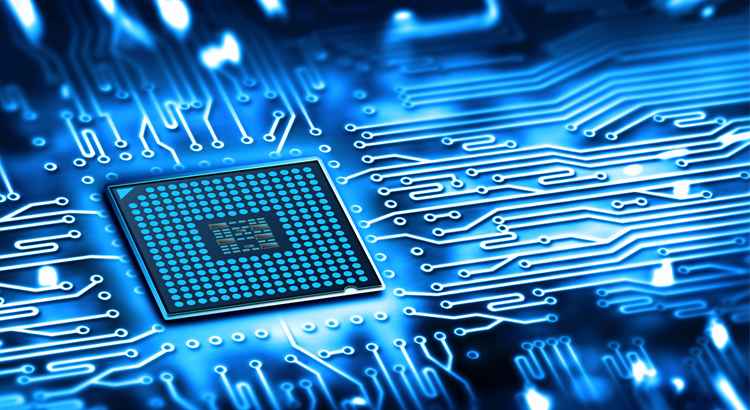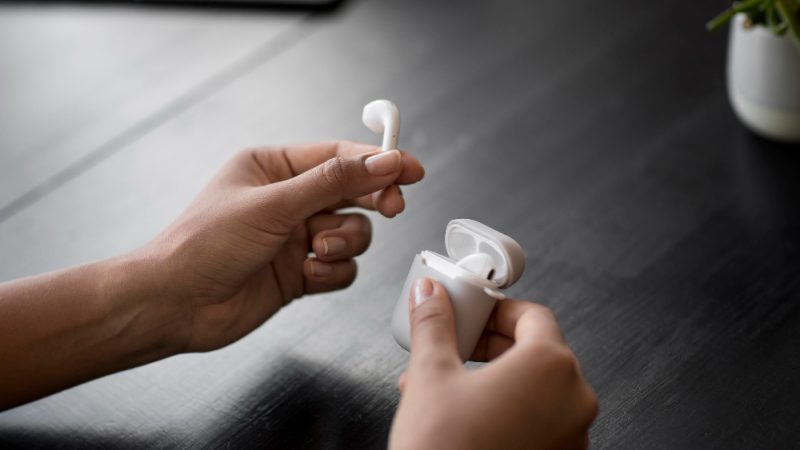Basic information, types, components and Functions of Electronics

Electronics is a much more subtle type of electricity in which small electrical currents (and, in theory, individual electrons) are carefully directed around much more complex circuits to process signals.
What is electronics?
Electronics encompasses an exceptionally wide range of technology. The term was originally applied to the study of the behavior and motion of electrons, particularly as observed in early electron tubes. It came to be used in its broadest sense with advances in knowledge about the fundamental nature of electrons and how the motion of these particles could be used. Today, many scientific and technical disciplines deal with different aspects of electronics. Research in these fields has led to the development of key devices such as transistors, integrated circuits, lasers, and fiber optics.
Types of electronics
There are two very different ways of storing information, known as analog and digital. It sounds like a pretty abstract idea, but it’s actually very simple. Suppose you take an old photograph of someone with a film camera. The camera captures the light that enters through the shutter on the front as a pattern of light and dark areas on chemically treated plastic.
Analog and digital electronics
The scene you are photographing becomes a kind of instant chemical painting, an “analogy” of what you are looking at. That is why we say that this is an analog way of storing information. But if you take a picture of the exact same scene with a digital camera, the camera stores a very different record. Instead of saving a recognizable pattern of light and dark, it converts the light and dark areas into numbers and stores them instead. Storing a numeric encoded version of something is known as digital.
Electronic equipment generally works with information in analog or digital format. In an older transistor radio, transmitting signals enter the radio’s circuitry through the antenna that protrudes from the housing. These are analog signals – they are radio waves traveling through the air from a distant radio transmitter, vibrating up and down in a pattern that exactly corresponds to the words and music they carry. So loud rock music means louder signals than quiet classical music.
The radio maintains signals in analog form as it receives them, boosts them, and converts them back into sounds you can hear. But in a modern digital radio, things happen in a different way. First, the signals travel in digital form, as coded numbers. When they reach your radio, the numbers are converted back to sound signals. It is a very different way of processing information and it has advantages and disadvantages. Generally, most modern forms of electronic equipment (including computers, cell phones, digital cameras, digital radios, hearing aids, and televisions) use digital electronic devices.
Information on Electronic components
The circuits within electronic equipment are also a bit like cities: they are crammed with components (similar to buildings) that perform different jobs, and the components are connected to each other by wires or printed metal connections (similar to streets). Unlike in a city, where virtually every building is unique and even two supposedly identical houses or office blocks can be subtly different, electronic circuits are built from a small number of standard components. But, like LEGO, you can put these components together in an infinite number of different places to do an infinite number of different jobs.
Electronic components have something very important in common. Regardless of the work they do, they do it by controlling the flow of electrons through their structure in a very precise way. Most of these components are made of solid pieces of partially conductive and partially insulating materials called semiconductors (described in more detail in our article on transistors). Because electronics involves understanding the precise mechanisms of how solids let electrons pass through them, it is sometimes referred to as solid state physics. This is why you will often see electronic equipment parts described as “solid state.”
Also Read: What is a webcam
Types of Electronic Components
Passive Components
These components are those that do not have gain or directionality. They are also called Electrical elements or electrical components.
Resistors
These are the simplest components of any circuit. Its job is to restrict the flow of electrons and reduce the flow of current or voltage by converting electrical energy into heat. Resistors come in different shapes and sizes. Variable resistors (also known as potentiometers) have a dial control so that they change the amount of resistance when you turn them on.
Potentiometer(variable resistor)
A variable resistor is also known as a potentiometer. These components can be found in devices such as a dimmer switch or a volume control for a radio. When you turn the shaft of a potentiometer, the resistance changes in the circuit.
Diodes
Diodes, electronic equivalents of one-way streets, allow an electrical current to flow through them in only one direction. They are also known as rectifiers. Diodes can be used to change alternating currents (those that flow back and forth around a circuit, constantly changing direction) into direct currents
Light-Dependent Resistor
A light dependent resistor is also a variable resistor, but it is controlled by light rather than turning a knob. The resistance in the circuit changes with the intensity of the light. They are often found in exterior lights that turn on automatically at dusk and turn off at dawn.
Capacitors
These relatively simple components consist of two pieces of conductive material (such as metal) separated by a non-conductive (insulating) material called a dielectric. They are often used as timing devices, but they can also transform electrical currents in other ways.
Light-Emitting Diode (LED)
A light emitting diode is like a standard diode in that electrical current only flows in one direction. The main difference is that an LED will emit light when electricity flows through it. Inside an LED there is an anode and a cathode. Current always flows from anode (+) to cathode (-) and never in the opposite direction. The longest leg of the LED is the positive side (anode).
Active Components
These components are those that have gain or directionality.
Transistors
Transistors, which are easily the most important components in computers, can turn small electrical currents on and off or amplify them (transform small electrical currents into much larger ones). Transistors that function as switches act as memories in computers, while transistors that function as amplifiers increase the volume of sounds in hearing aids.
Switch
Switches can come in many forms, such as push buttons, rockers, momentary, and others. Its basic function is to interrupt the electrical current by turning a circuit on or off.
Relay
A relay is an electrically operated switch that opens or closes when power is applied. Inside a relay there is an electromagnet that controls a mechanical switch.
What Is A Circuit & How it works?
An electronic circuit is a circular path of conductors through which electrical current can flow. A closed circuit is like a circle because it begins and ends at the same point in a complete loop. Also, a closed circuit allows electricity to flow from power (+) to ground (-) uninterruptedly.
The voltage source, such as a battery, is necessary to make current flow through the circuit. Also, there must be a conductive path that provides a path for electricity to flow. Finally, a suitable circuit needs an energy-consuming load. The load in the above circuit is the light bulb.
Electronic circuits and circuit boards
The key to an electronic device is not just the components it contains, but the way they are arranged in the circuits. The simplest possible circuit is a continuous loop that connects two components, like two beads fastened to the same necklace. Analog electronics tend to have much simpler circuitry than digital ones. A basic transistor radio may have a few dozen different components and a circuit board probably no bigger than a paperback cover. But in something like a computer, which uses digital technology, the circuits are much more dense and complex and include hundreds, thousands, or even millions of separate pathways. Generally speaking, the more complex the circuit, the more intricate the operations it can perform.
Store-bought electronic equipment takes this idea one step further by using circuit boards that are automatically manufactured in factories. The exact circuit design is chemically printed onto a plastic plate, with all copper tracks created automatically during the manufacturing process. The components are then simply pushed through pre-drilled holes and held in place with a kind of electrically conductive adhesive known as solder. A circuit made in this way is known as a printed circuit board.
Why electronics used?
Electronics is now so ubiquitous that it’s almost easier to think about things that don’t use it than about things that do.Entertainment was one of the first areas to benefit, as radio (and later television) critically depended on the advent of electronic components. Although the telephone was invented before electronics were properly developed, modern telephone systems, cell phone networks, and computer networks at the heart of the Internet all benefit from sophisticated digital electronics.
How electronics saves our health?
Electronic equipment saves our lives in other ways, too. Hospitals are packed with all manner of electronic gadgets, from heart rate monitors and ultrasound scanners to complex brain scanners and X-ray machines. Hearing aids were among the first devices to benefit from the development of small transistors in the mid-20th century. , and smaller and smaller ICs have allowed hearing aids to get smaller and more powerful in the decades since.
Also Read: Types of Computer Networks




